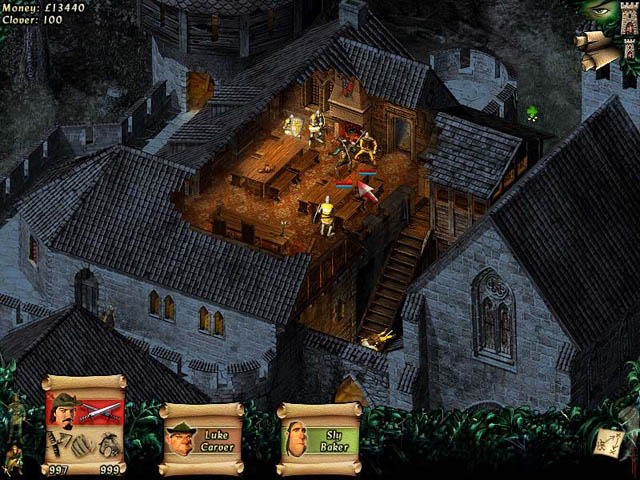

It functions in a similar way to bases in traditional real-time strategy games, with structures operating as small factories.īut resource production in Robin Hood isn't simply a matter of erecting a building and watching numbers increase. Everything must be manually created by assigning Merry Men to workshops set aside for the production of specific items. If you want to make arrows, or leather for coin purses, you send somebody to the designated hut to begin work. Every action available in Sherwood Forest is accessed this way. You can train in combat and archery by visiting an area with a drill instructor and tree-mounted targets, gather apples (helpful when you need to distract guards) by walking under a nearby tree, hunt for food by visiting the spit, or dig into the feasting table to recover health.

Missions are accessed through a map, which you can consult in Sherwood Forest. The map itself details the forest and the five surrounding districts of Lincoln, Nottingham, Derby, York, and Leicester. Then you decide on a mission, gather the Merry Men you want to take along-you get to select renowned figures like Will Scarlet, Little John, and Friar Tuck, along with fictional nobodies who fill out the ranks-and get started. Multiple mission choices are typically available, so you can pick and choose based on whatever strikes your fancy. There are many types of missions as well, although they fall into two general categories-cash-generating ambushes of convoys on the forest roads and major town expeditions that advance the plot. The former involves set-piece engagements with preset traps you trigger by shooting arrows at targets in the trees, pits that you can lure enemies into, and Merry Men hidden under leaves.

The latter missions are more traditional.


 0 kommentar(er)
0 kommentar(er)
